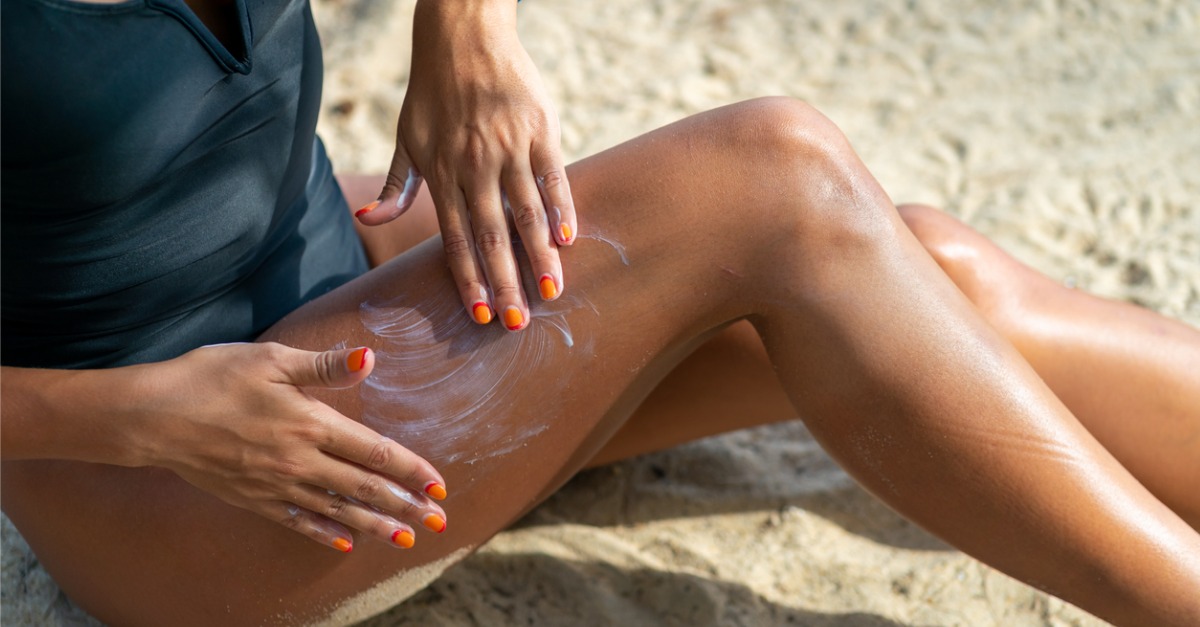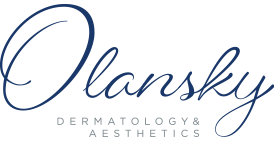If you’ve been paying even minimal attention to health experts since as far back as high school, you likely know that UV exposure is dangerous for your skin. But with so much information barraging us online and elsewhere, it’s only natural that some myths would begin to circulate, making it difficult to discern the truth. Is any amount of UV exposure safe? Are all UV rays equally damaging?
Allow us to help you sort out the facts by deconstructing some of the most common misconceptions about UV exposure below.
5 Common UV Exposure Myths, Debunked
1. Cloudy days won’t cause damage.
It might not feel as if the sun is as damaging on overcast days, but UV rays can still reach your skin. Over 90% of the sun’s rays can pass through clouds, potentially causing sunburns. They may also reflect off other surfaces, like water, glass, and sand. Keep your skin protected even when there’s cloud coverage.
2. Having a “base tan” protects your skin.
There’s no such thing as a “safe tan.” Any level of UV damage is harmful to your skin, and increases your risk of skin cancer. The only things that will adequately protect your skin are the four S’s: shade, sunscreen, skin coverings, and sunglasses.
In general, even those with the darkest skin will want to avoid direct sun exposure between the hours of 10 am and 4 pm, when UV rays are strongest. If you do have to be outside during this time, try to stay in the shade or cover up with UV-protective clothing and a wide-brim hat. And, no matter what, always wear your SPF and sunglasses.
3. Tanning beds are safer than outdoor sun.
Tanning beds don’t expose you to “real” rays from the sun, so they’re commonly believed to be safer than lying out. Yet, any form of UV exposure is harmful, and tanning beds can actually be more dangerous than being in the sun. That’s because the rays they deliver are more concentrated. In 2014, the U.S. Food and Drug Administration elevated the risk of tanning beds from class I (low to moderate) to class II (moderate to high). Using tanning beds increases the risk of developing all forms of skin cancer, including melanoma, the deadliest form.
4. People with darker skin don’t need to worry.
Having darker skin doesn’t prevent you from getting skin cancer. In fact, you can still get any type of skin cancer, including melanoma. Survival rates are actually lower in people with dark skin, which may result in part from lack of education around sun safety. Moreover, long term, excessive sun exposure often plays a significant role in pigmentary disorders frequently seen in skin of color.
5. Makeup with SPF has you covered.
A broad-spectrum sunscreen with an SPF of 30 or higher is recommended for everyone. Think your SPF moisturizer or foundation will do the trick? In truth, most cosmetics with built-in sunblock have an SPF of only 15. This means you’ll need to double up on the protection to keep your skin safe against harmful UV rays. Your lips aren’t to be neglected, either: apply a lip balm or lipstick with an SPF of 30 or higher there, too.
Skin cancer is nothing to take lightly, but practicing UV safety and going for annual screenings can help control your risk. Early detection is the key to successful treatment. If you’re due for an exam, schedule an appointment online or by calling 404-355-5484.


